Nasal septum defects are a common pathology in children and adults, requiring radical (surgical) treatment. This pathology is not life-threatening, but it is a pronounced cosmetic defect. Correction of the nasal septum (septoplasty) is performed according to strict indications.
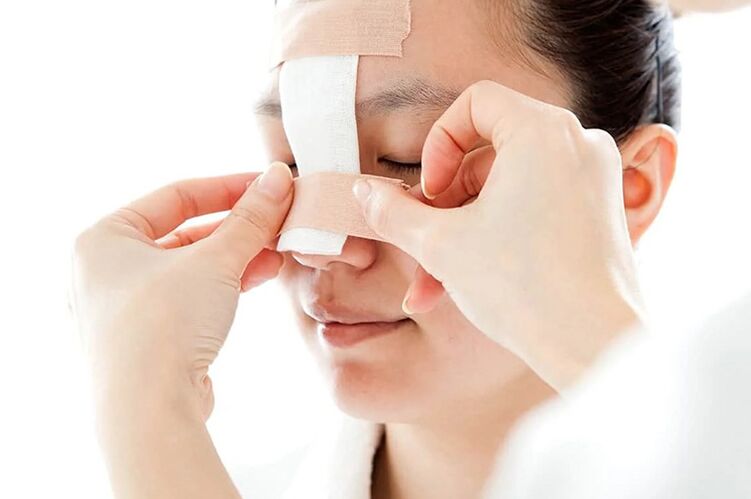
Varieties and causes of septal defects
There are the following types of defects:
- Lakimi. A condition in which the nasal septum deviates from a straight axis. This pathology is a common cause of chronic rhinitis, difficulty breathing, sinusitis and tonsillitis (inflammation of the tonsils). The curvature is physiological (congenital), traumatic and compensatory (against the background of polyps), S-shaped, horizontal, C-shaped, vertical, anterior or posterior.
- Drilling. With this pathology, a hole is formed through the cartilage tissue. The pathology occurs as a result of rupture of peri-cartilage tissue and detachment of the submucosa.
- Backrest support. Occurs against the background of trauma and abscess. It is characterized by flattening of bone tissue and shortening of the spine.
The most common causes of a deviated nasal septum are:
- Injuries (bruising, falling). The risk group includes men and boys. Athletes (boxers, karatekas, wrestlers, mixed martial arts fighters) are more susceptible to injury. The defect develops with a strong impact, against the background of which the osteochondral plate shifts. Often, deformity occurs when improper adhesion after a fracture.
- Abnormal growth of skull bones. The large size of the nasal cavity promotes septal flexionThis is a compensatory response.
- Rare anomalies (strong development of Jacobson rudiment). Limits space for septal growth and development.
- Chronic unilateral rhinitis. A blockage of the nose on one side can cause a curvature.
- Tumors.
- Abscess.
- Hypertrophy (spread) of the sinuses.
- Complicated inheritance (curvature of the nose in parents).
- Polyps.
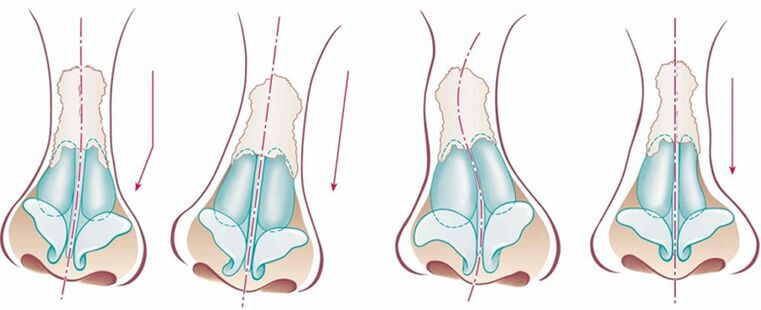
External manifestations and internal symptoms
If a person has a curved nasal septum, then the following symptoms are possible:
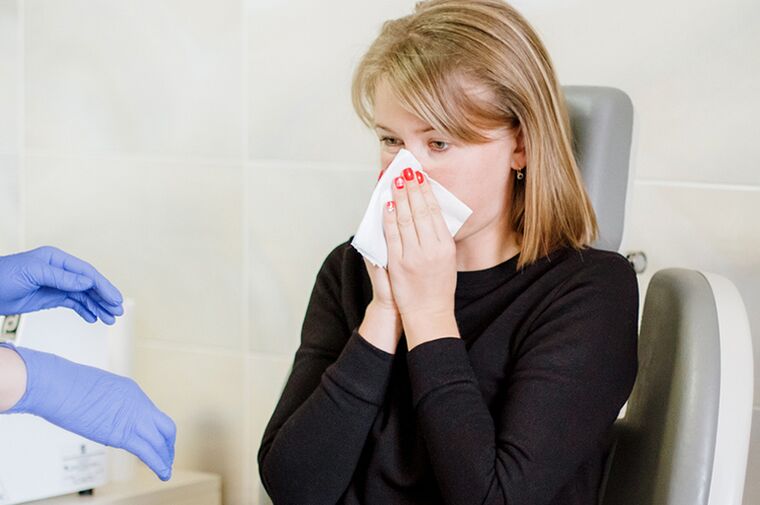
- Violation of breathing through the nose. It can be light and heavy to the point that a person can only breathe through the mouth. The absence of this symptom does not rule out the presence of a defect.
- Chronic rhinitis. Occurs as a result of impaired ventilation and multiplication of microbes.
- Frequent allergic reactions.
- Overload.
- Swelling of the mucosa.
- Headache. Occurs against the background of congestion, complications in the form of sinusitis (sinusitis), increased pressure on the mucosa and irritation of receptors.
- Frequent episodes of ARVI. Manifested by coughing, sneezing, fever.
- Dry mucous membranes.
- Bleeding from the nose.
- Sleep apnea. Respiratory attacks during sleep.
- snore
- Sleep disorder.
- Asthenic manifestations in the form of decreased performance, lethargy, weakness. The reason is the lack of oxygen.
- Change in the shape of the nose (deviation, back depression).
- Deterioration of attention and memory.
Rarely, symptoms such as cough, sweating, decreased sensation and smell, tinnitus, dryness, runny nose, changes in facial expressions (open mouth, change of bite) are observed.
Diagnosis of the severity of the defect
The following studies allow you to identify the defect and its severity:
- Computed tomography (detects spines, spines and concomitant diseases).
- MRI. It is performed if a neoplasm is suspected.
- Rhinoscopy (examination of the nasal cavity).
- Endoscopy. A tube with a camera is used.
- Rhinometry (change in airflow and degree of congestion disturbance).
- Visual inspection.
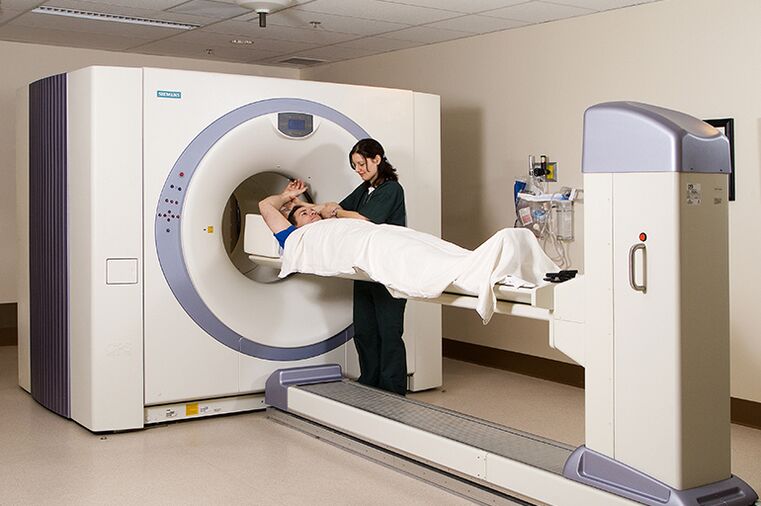
In addition, tests (allergy tests, bacteriological examination of the spots, a clinical blood test) and a survey are performed.
Treatment methods
Elimination of the defect is possible only with surgery. The operation is called rhinoplasty. Conservative therapy is ineffective.
Which doctors should I contact
If you have symptoms of a septal defect, you should visit an ENT doctor (otolaryngologist). You may also need to consult a surgeon.
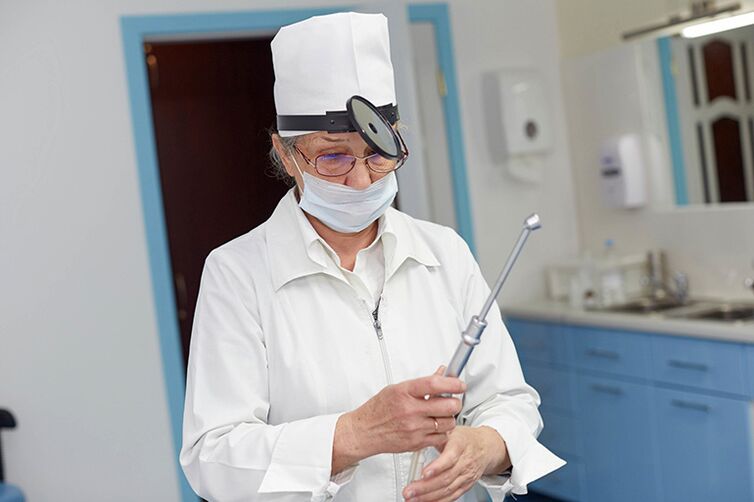
Conservative treatment
Conservative treatment aims to eliminate edema and symptoms (runny nose, congestion). Saline solutions, vasoconstrictor sprays and drops may be used. Laser therapy is often performed.
Surgical intervention (septoplasty)
Septoplasty is a surgical correction of the nasal septum. It is most often performed endoscopically without incisions using a monitor and a camera. Its benefits include:
- rapid rehabilitation;
- efficiency;
- simplicity;
- minimal blood loss and trauma;
- the presence of an antiseptic effect (when using a laser).
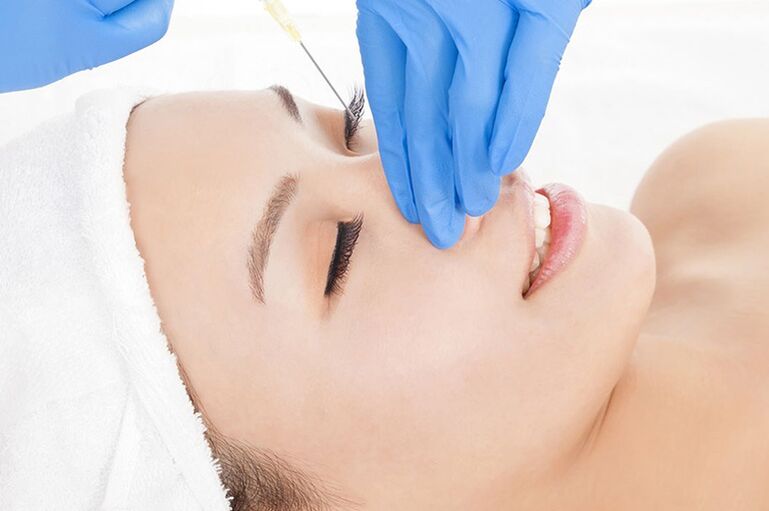
Rarely, the method of removal or septochondroprotection is used. Before septoplasty is performed, the degree of difficulty in nasal breathing and the age of the patient are taken into account.
Indications for surgery
Indications for nose surgery are:
- difficulty breathing;
- presence of chronic rhinitis;
- ear infection;
- severe headaches;
- pronounced cosmetic defect;
- sinusitis;
- pronounced snoring;
- regular bleeding from the nose.
Contraindications to surgery
Surgical correction of the nasal septum is contraindicated:
- elderly patients,
- with hemophilia (blood clotting disorder),
- severe heart disease,
- mental disorders
- diabetes,
- cancer,
- severe forms of infection,
- hypertension,
- during the flowering period of plants (with allergies),
- during pregnancy,
- breastfeeding the baby.
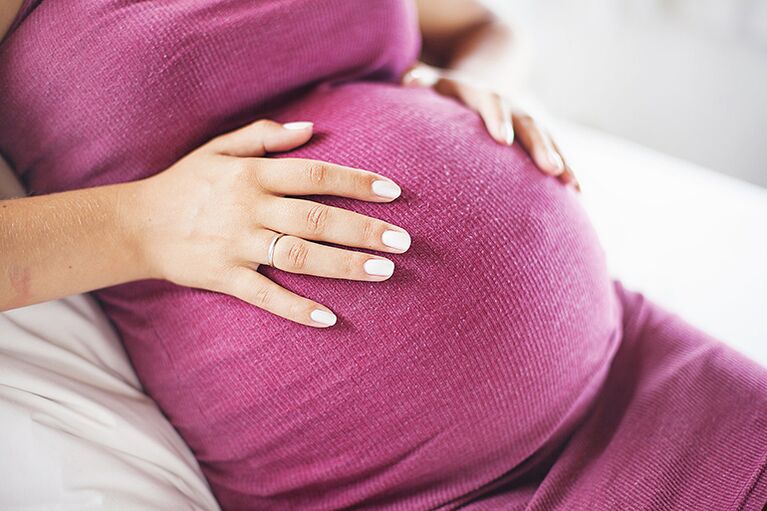
Preparation for septoplasty
Nasal guidance is performed after tests (for HIV, syphilis, coagulograms), consultation of specialists (therapist, ENT doctor, anesthesiologist), premedication and anesthesia.
On the eve it is recommended not to eat later than 6 pm and clean the intestines.
It is important to clean the oral cavity (to cure all diseases, including sore throat, rhinitis, pharyngitis).
For women, it is recommended to restore the correct shape of the nose 2 weeks after menstruation.
Characteristics of the postoperative period
After surgery to correct the nasal septum, it is required:
- wear cotton swabs on the nose for 1-2 days;
- take antibiotics for prophylactic purposes;
- observed by a doctor (a specialist should rinse the nose, clean it of crusts and blood).
Prohibitions during the rehabilitation period
After rhinoplasty it is recommended:
- avoid high loads;
- refuse to visit baths and saunas;
- do not pick your nose;
- do not get too cold;
- exclude lowering pressure and temperature (refuse flights, climbing, swimming).
Effectiveness of surgical intervention
Photos of people before and after surgery change dramatically.
The removal of the defect removes the cosmetic defect and all the symptoms, making breathing easier.
The efficiency reaches 95-100%.
Complications after nasal septum correction
Correction of the nasal septum at the current stage of development of medicine, the operation is simple. But there may still be postoperative complications.
Consequences of surgery can be adhesions, tissue fusion, hematoma or abscess formation, infection, allergy to anesthesia, damage to the ethmoid plate, decreased sense of smell, perforation, blurred vision, and nerve damage.




















